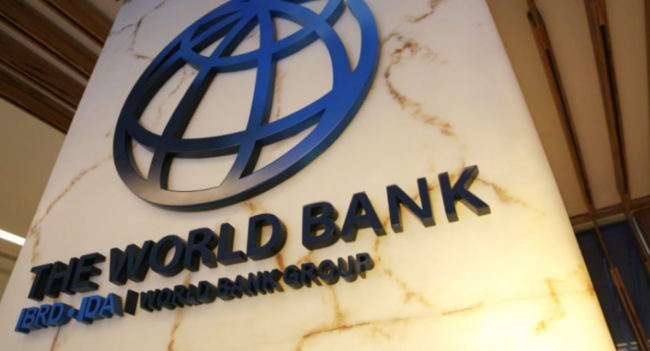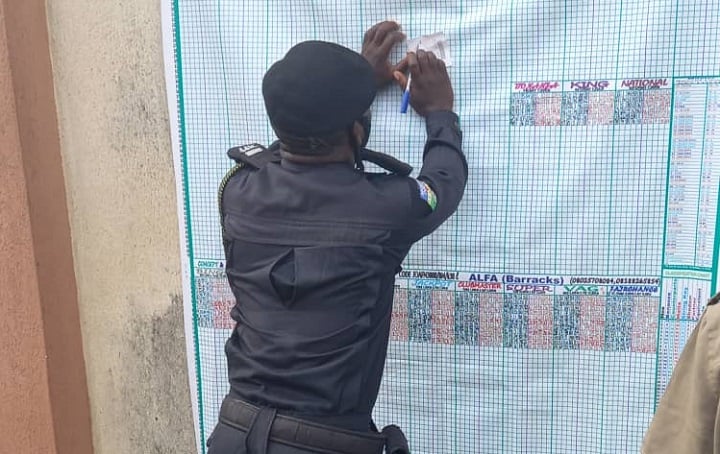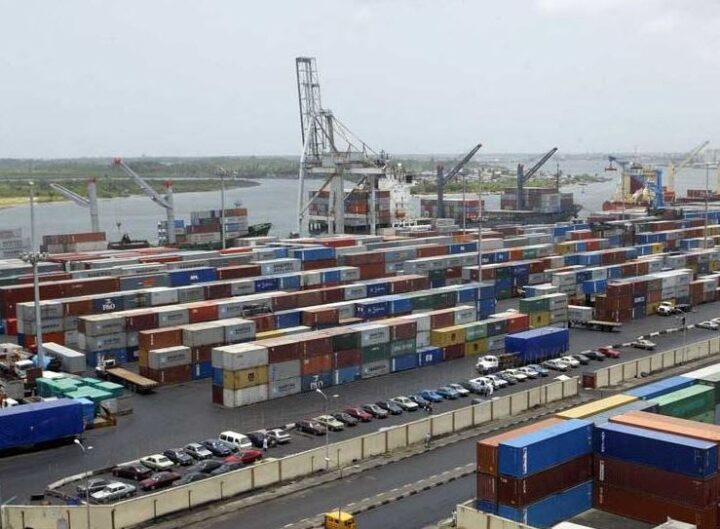Sub-Saharan Africa remains the costliest to send remittances as Nigerians in diaspora spent $2.94 billion to send $34.8 billion between 2020 and 2021.
The World Bank revealed this in its recent report titled, ‘Recovery COVID-19 Crisis Through a Migration Lens: Migration and Development Brief 35.’
According to the report, Sub-Saharan Africa remains the costliest region to send remittances to with an averaged cost of 8 percent during Q1 2021, down from 8.9 percent from Q1 2020.
The report shows that Nigeria accounts for 50 percent of remittances into the Sub-Saharan Africa region.
Advertisement
In 2020, remittance into Nigeria was $17.2 billion, and in 2021, the World Bank disclosed that remittance would hit $17.6 billion.
The bank also disclosed that for every $200 sent in 2020, it cost the sender $17.8 (8.9 percent).
In 2021, the figure reduced to $16 (8 per cent). This means that it cost the Nigerians in Diaspora at least $1.53 billion to remit $17.2 billion in 2020.
Advertisement
Remittance cost in the Sub-Saharan Africa region was 2.1 percent above the global average of 6.8 percent in 2020, and is 1.6 percent above the global average of 6.4 percent in 2021.
“The cost of sending money across international borders continued to remain high, around 6.4 per cent on average in Q1 2021, or more than double the SDG target of 3 per cent.” the report said.
“The cost of remittances to Sub-Saharan Africa remained particularly high (above eight per cent). Corridor-specific data (reported in the regional sections) reveal that remittance costs tend to be higher when remittances are sent through banks than through digital channels or through money transmitters offering cash-to-cash services.”
The bank also noted that the pandemic caused a shift from handling cash to using digital payment channels.
Advertisement
“Hand carrying of both cash and in-kind remittances (i.e., goods instead of money) across national borders was affected by travel restrictions, increasing the importance of digital transfers,” it added.
International remittances sent and received via mobile devices according to the bank, reached $12.7 billion in 2020 (up 65 per cent compared to 2019), and about 80 per cent of the amount was remitted to Sub-Saharan Africa.
“However, this amount is a small fraction of the total volume of remittances, implying that there is great potential for this channel to grow among the 5.2 billion mobile phone users in the world,” it said
“Mobile remittances tend to be cheaper, allowing smaller, more frequent, remittance transactions.”
Advertisement
Add a comment







